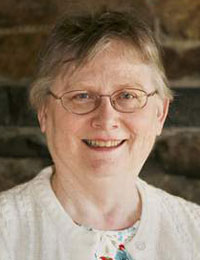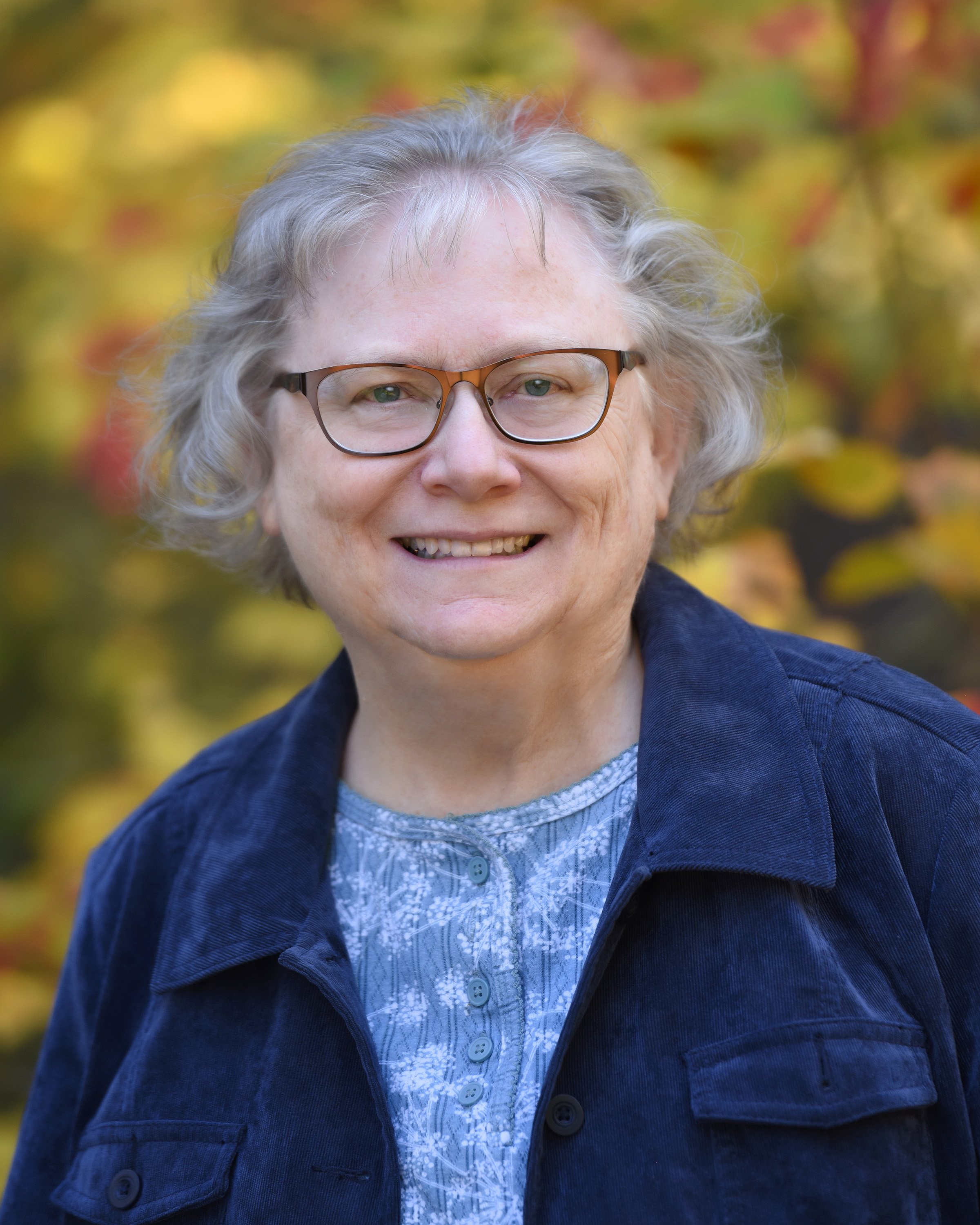 I prefer to work on the Early New England Families Study Project (ENEF) sketches by myself, surveying literature, digging into primary sources, organizing, and immersing myself in the subject, so that I do not have to deal with teaching someone else to do things the way I want them done.
I prefer to work on the Early New England Families Study Project (ENEF) sketches by myself, surveying literature, digging into primary sources, organizing, and immersing myself in the subject, so that I do not have to deal with teaching someone else to do things the way I want them done.
However, a nice NEHGS member, Barry E. Hinman of California, Librarian Emeritus of Stanford University, recently donated access to his digital manuscript collection for use by NEHGS authors, including ENEF and the Great Migration Study Project (GM). Barry’s many credits include articles that have been published in the New England Historical and Genealogical Register.[1]
The Hinman manuscript material consists of working drafts for his own ancestors. On his father’s father’s side, Barry descends from New England settlers in Connecticut, Massachusetts, and Rhode Island.[2] He has long been researching and drafting sketches for all his ancestors, but obviously those of particular interest to this writer are the drafts for nearly 600 of his New England forebears. Some of these families have already been treated in GM, and others will be treated in future GM volumes. Many of the rest fall under the ENEF umbrella.
Barry’s generosity will save me thousands of hours of work.
Having access to such a massive collection of documented genealogical research is a delightfully unexpected present, but Barry has extended his gift one more step by volunteering to update his sketches to include such things as sources published after his original drafts were made, and by rearranging his work into draft ENEF format. Barry’s generosity will save me thousands of hours of work. My job will be to take what he has done and develop it further into formal ENEF sketches. (I will, of course, be fact-checking all the information and sources, myself, but when they are laid out for me with volume and page numbers, what a joy it will be!)
This all obviously puts a rather big twist into ENEF project plans. While I still have various sketches and “clusters” of families in progress that will not be abandoned, taking advantage of this significant pre-vetted research is a classic “no brainer.” I have already used Barry’s work in the recently posted ENEF sketch for Edward Bishop of Salem (which members of NEHGS can read here).
It is too early yet to say which families will be published as ENEF sketches, in what order, or when, but be assured they are coming. Thanks, Barry!
Notes
[1] Barry’s articles published in the Register include “Untangling the Ancestry of the Two Men Named Abraham Andrews in Waterbury, Connecticut” (169 [2015]: 13-15); “The Burial of Stephen Goodyear 7 May 1658” (168 [2014]: 271); “Untangling Two Men Named Joseph Hastings in Watertown, Massachusetts” (170 [2016]: 233-36); “Edmund Yorke of Cotton End, Hardingstone, Northamptonshire, Father-in-Law of Gov. Thomas Dudley” (172 [2018]: 121-24); and “’Jedidiah’ Skidmore” (173 [2019]: 37-38).
[2] His father’s mother’s ancestors descend, as he says himself, from “the hill billy areas of the Appalachians and the Ozarks and the foothills of California.” His mother’s father’s ancestry “lies in the islands in the Kvarner Gulf that were (up until Napoleon) Venetian colonies, particularly Krk and Cres, and at Labin in the Istrian Peninsula of Croatia.” His mother’s mother’s ancestry “is in the village of Praputnjak on the mainland and in Bakar the city of which it was originally a part. These families are said to be Vlach and not Croatian in origin (i.e., they came from the south Balkans), and settled in the Bakar area, probably driven out of their original homeland by the Ottoman Turks, but when no one seems to know. To my knowledge, there is no other collection of such deep Croatian ancestry around.”
Share this:

About Alicia Crane Williams
Alicia Crane Williams, FASG, Lead Genealogist of Early Families of New England Study Project, has compiled and edited numerous important genealogical publications including The Mayflower Descendant and the Alden Family “Silver Book” Five Generations project of the Mayflower Society. Most recently, she is the author of the 2017 edition of The Babson Genealogy, 1606-2017, Descendants of Thomas and Isabel Babson who first arrived in Salem, Massachusetts, in 1637. Alicia has served as Historian of the Massachusetts Society of Mayflower Descendants, Assistant Historian General at the General Society of Mayflower Descendants, and as Genealogist of the Alden Kindred of America. She earned a bachelor’s degree from the University of Connecticut and a master’s degree in History from Northeastern University.View all posts by Alicia Crane Williams →